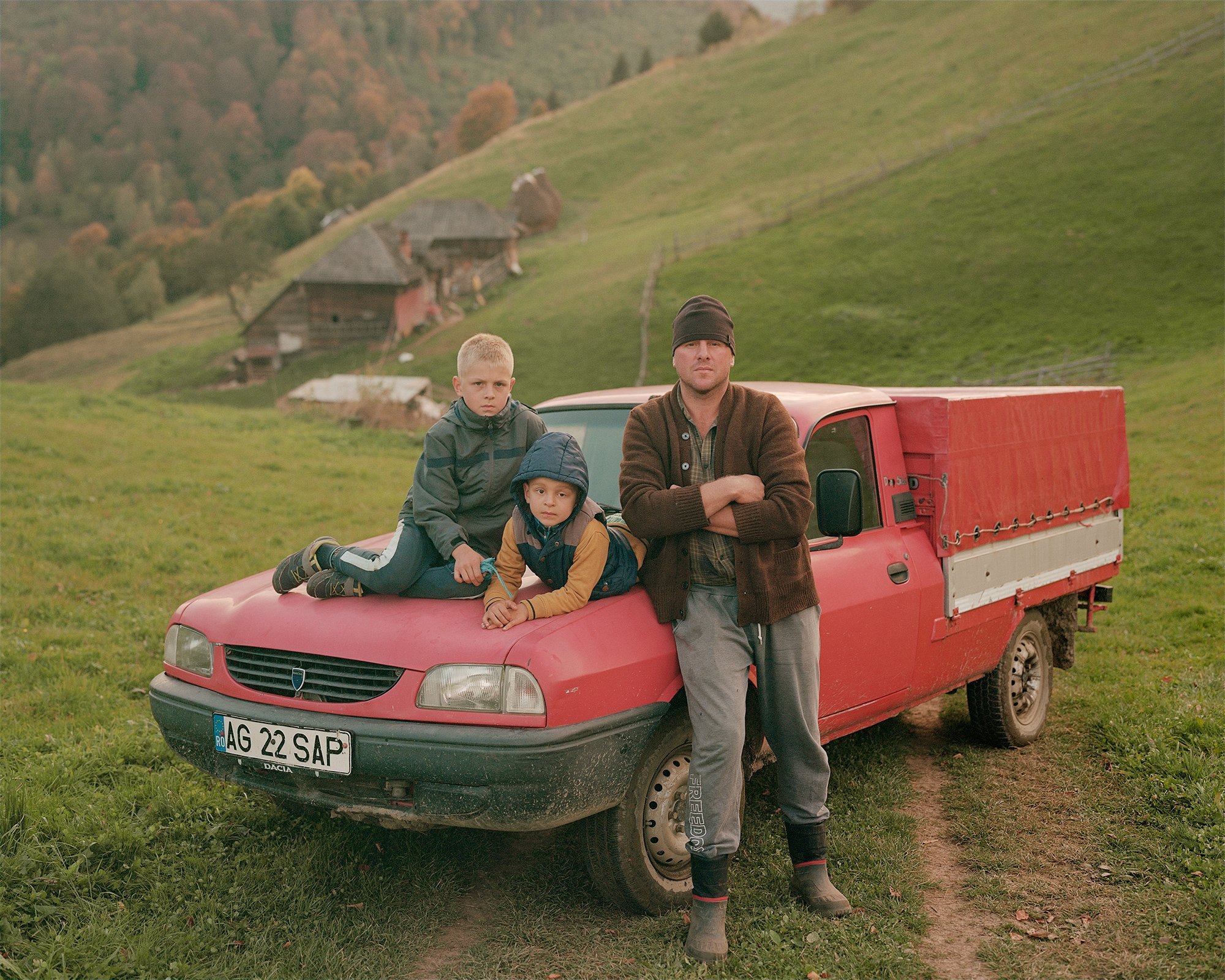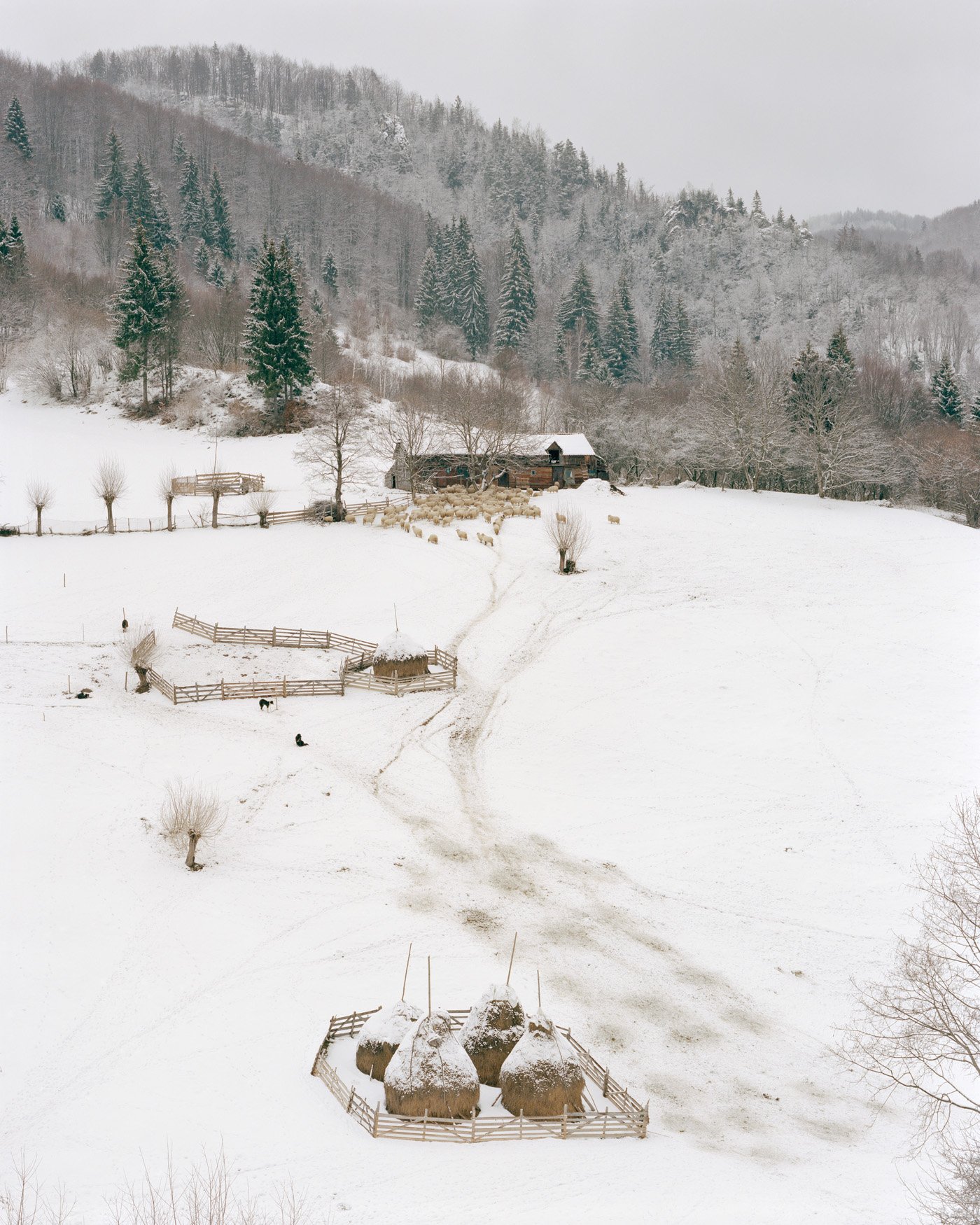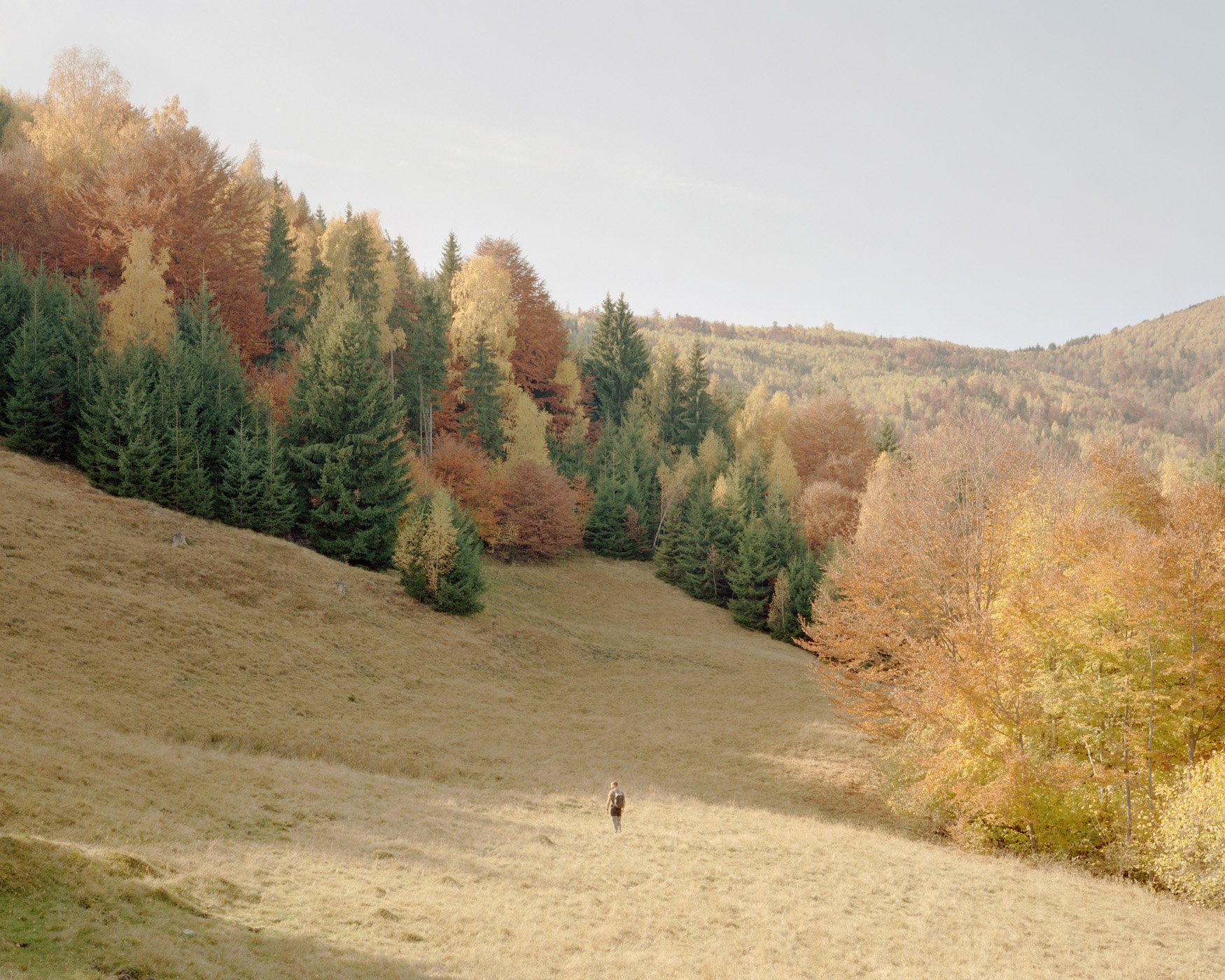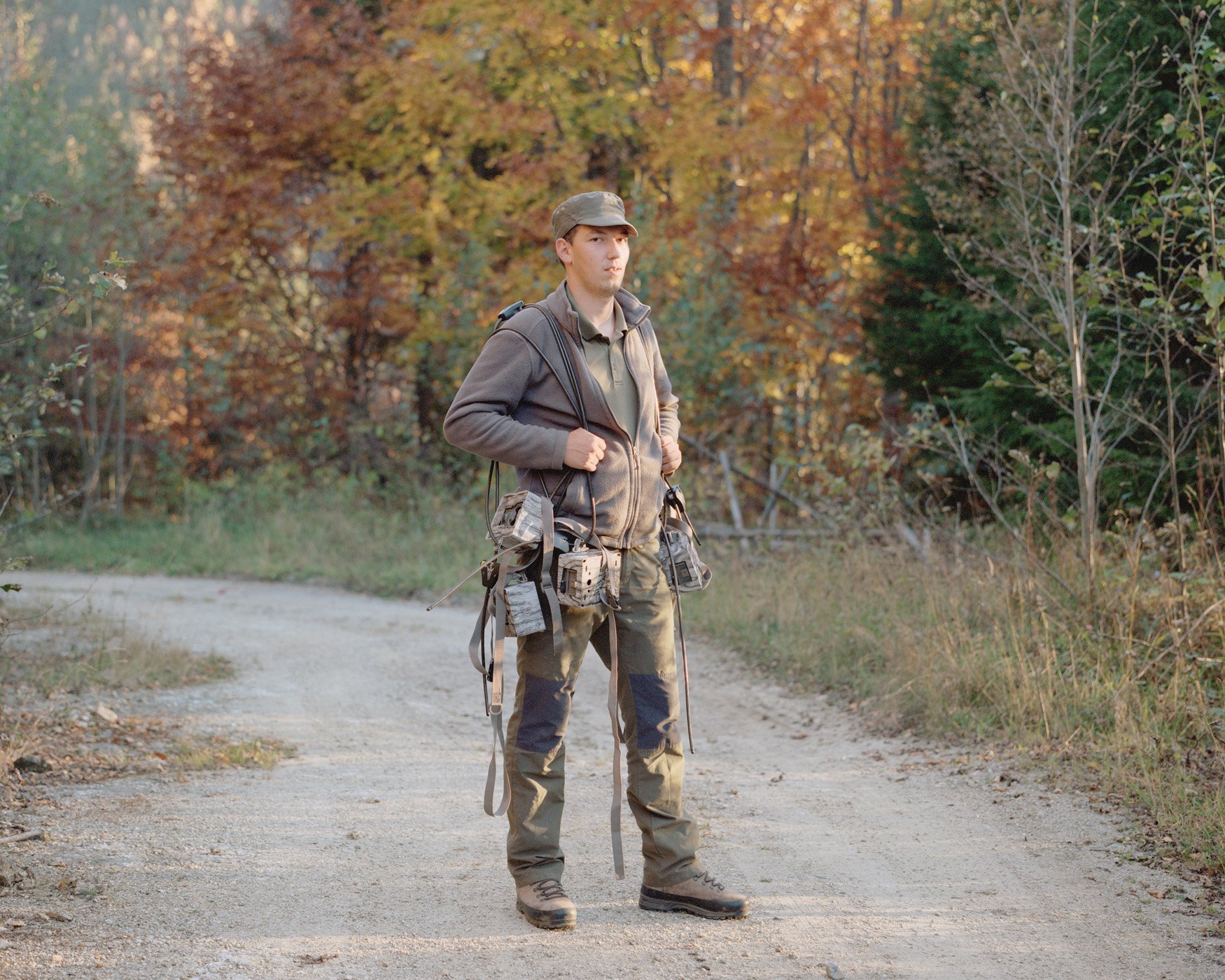



































-
Working alongside Romanian conservationists Foundation Conservation Carpathia (FCC), this work documents the formation of a National Park in the Southern Carpathian Mountains.
When it comes to indices of economic prosperity in the EU, Romania is towards the bottom. However, when it comes to environmental statistics, the country comes out on top: it boasts the largest surface area of virgin and unfragmented forest; the most significant population of large carnivores such as bears, wolves, and lynx and over 3700 endemic plant species.
My photographs record the efforts of FCC as they strive to protect a landscape scarred by deforestation and overhunting, by both local and international parties. Working alongside forest and wildlife rangers, the work highlights the key pillars of landscape restoration in the region. By embedding myself within the ranger teams, I make pictures as they collect samples and monitor illegal hunting across an 80,000 hectare project landscape, in addition to visiting the vast areas of clear-cuts and recording the forest replanting programmes.
The Southern Carpathian region is one of the few remaining large areas without human settlements in Europe, but the proposed park will impact the 28 communes that encircle the Fagaras Mountains. ‘Carpathia’ weaves these communities into the narrative, celebrating their connection to the mountains and acknowledging the tricky dialogues that take place as the region gradually gains protected status. The communities whose livelihoods are entwined with the surrounding landscape play a pivotal role in the process of developing a new national park.
Carpathia is positioned at an urgent moment in our battle against biodiversity loss and the destruction of environments. Rewilding has gained increasing traction and popularity in recent years as a solution to these crises, but Carpathia reframes these existing narratives, shifting focus towards the protection of flora and fauna, rather than solely on the reintroduction of declining species.
Carpathia engages with important debates about land-use, and the sometimes conflicting – sometimes complementary – needs of human and non-human worlds.
Carpathia was supported by The Royal Photographic Society and The Photographic Angle